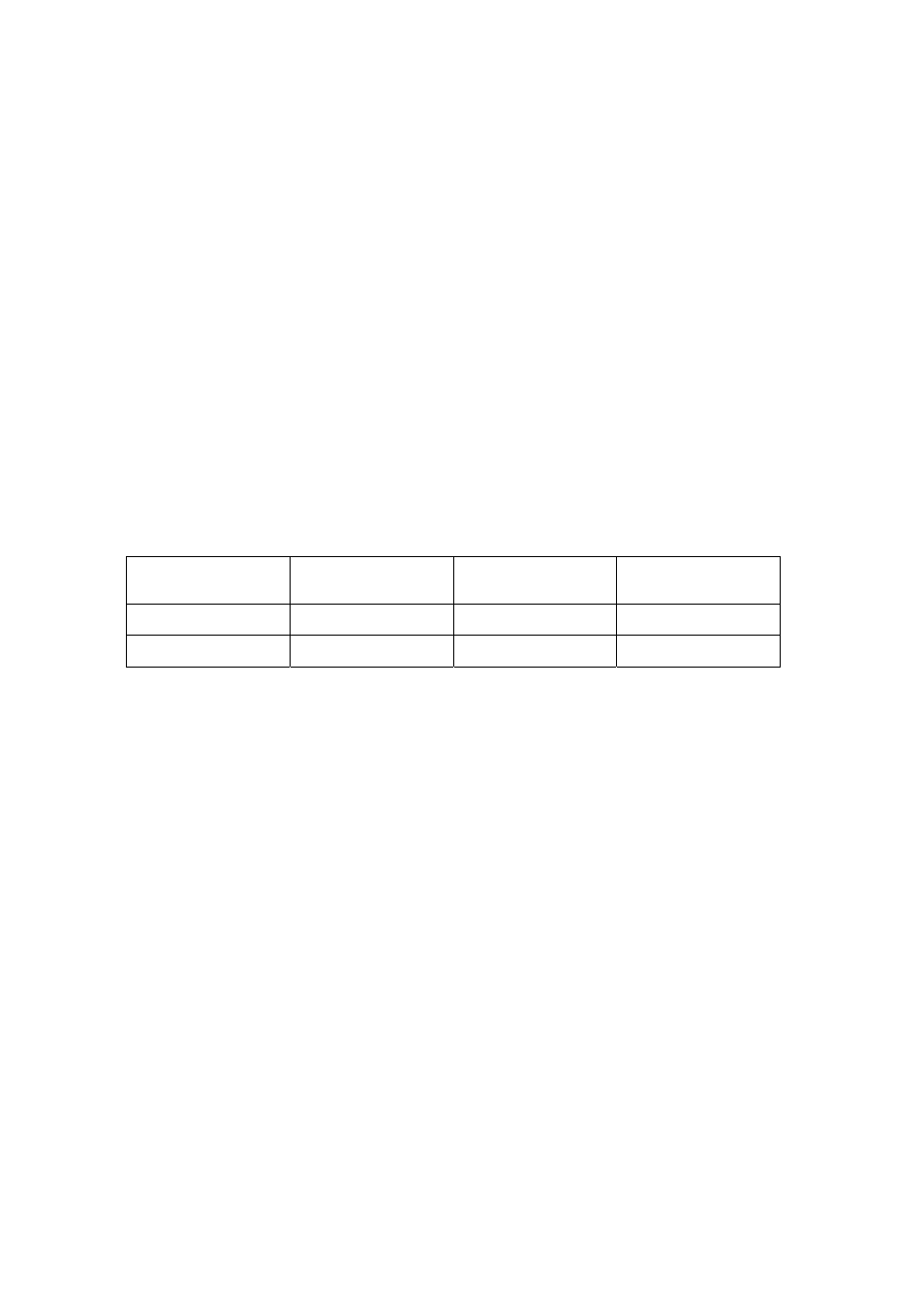Mounting the gps antenna – Meinberg GPS LANTIME Benutzerhandbuch
Seite 7

Mounting the GPS Antenna
The GPS satellites are not stationary but circle round the globe in a period of about 12
hours. They can only be received if no building is in the line-of-sight from the antenna
to the satellite, so the antenna/converter unit must be installed in a location from which
as much of the sky as possible can be seen. The best reception is given when the
antenna has a free view of 8° angular elevation above horizon. If this is not possible the
antenna should be installed with a mostly free view to the equator because of the
satellite courses which are located between latitudes of 55° North and 55° South. If
even this is not possible problems occur especially when at least four satellites for
positioning have to be found.
The antenna/converter unit can be mounted on a pole with a diameter up to 60 mm or
at a wall. A 50cm plastic tube, two holders for wall-mounting and clamps for pole-
mounting are added to every GPS167. A standard coaxial cable with 50 ohms
impedance should be used to connect the antenna/converter unit to the receiver. The
maximum length of cable between antenna and receiver depends on the attenuation
factor of the used coaxial cable.
Example:
Type of cable
Diameter [mm]
Attenuation at 100MHz
[dB]/100m
max. length [m]
RG58/CU 5mm
15.9
250
1
RG213 10,5mm 6.9
500
1
The values are typically ones; the exact ones are to find out from the data sheet of the
used cable.
1
This specifications are made for antenna/converter units produced after May, 1999.
Older devices amount to 200m resp. 400m.
Up to four GPS167 receivers can be run with one antenna/converter unit by using the
optional antenna splitter. The total length of one antenna line between antenna, splitter
and receiver must not be longer than the max. length shown in the table above. The
position of the splitter in the antenna line does not matter.
7